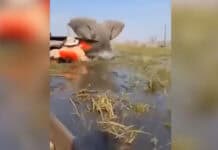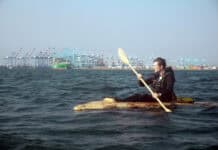Whitewater kayakers have long anticipated an Olympic event resembling their sport ever since slalom began to diverge from the mainstream decades ago. That day will arrive at the Paris 2024 Games, when plastic kayaks will join the ranks of 3.5-meter carbon. It won’t be freestyle, the discipline that’s been making an Olympic bid for years, but an activity paddlers can partake in on just about any section of river: the head-to-head race we commonly refer to as boatercross.
A whitewater race by any other name
Up until recently, there was one problem with the inclusion of boatercross in the Olympics—the International Canoe Federation’s chosen name for the event: extreme slalom.
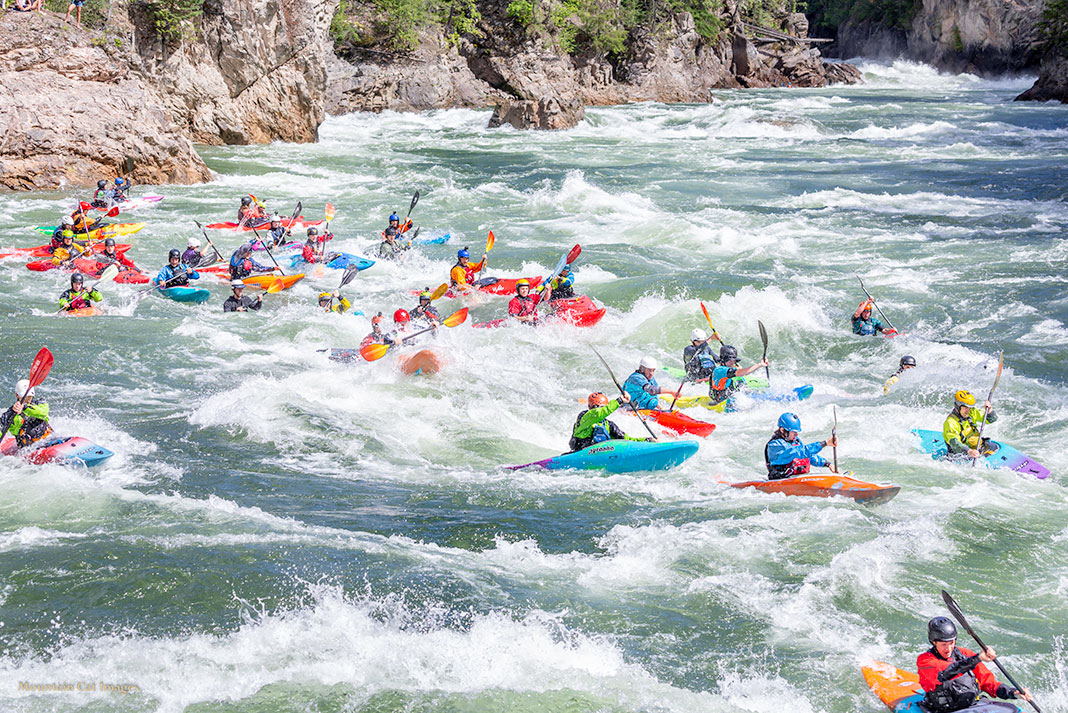
Sure, the creek boats are there as well as sketchy seal launch starts. But the races paddlers typically think of as “extreme” are held on renowned sections of class V whitewater, like the North Fork of the Payette, the Green River Narrows or the Wellerbrücke.
And while the soon-to-be Olympic event has been entertaining to watch, trying to pass off a race on a man-made class III course featuring a mandatory roll to the viewing public as “extreme” feels a touch, well, contrived. As a whitewater paddler, it’s a little awkward trying to explain to friends that this is what’s considered extreme in the sport, especially when we already have to answer questions about the kits the paddlers are wearing.
Luckily for us, the powers that make these decisions have caught our drift. When the 39th ICF Congress adjourned in November 2022, the ICF announced moving forward the event will be known as kayak cross. According to the ICF, the renaming eliminates confusion with other slalom events. It’s also more consistent with other Olympic programs, such as snowboard cross.
The real win here, though, is kayak cross is an event name resembling something kayakers might actually call it, and maybe even tune in to cheer for.
Paddlers racing in last year’s Adrian Kiernan Boater Cross event at Clearwater Kayak Festival. | Feature photo: Graham Gerry, Mountain Cat Images


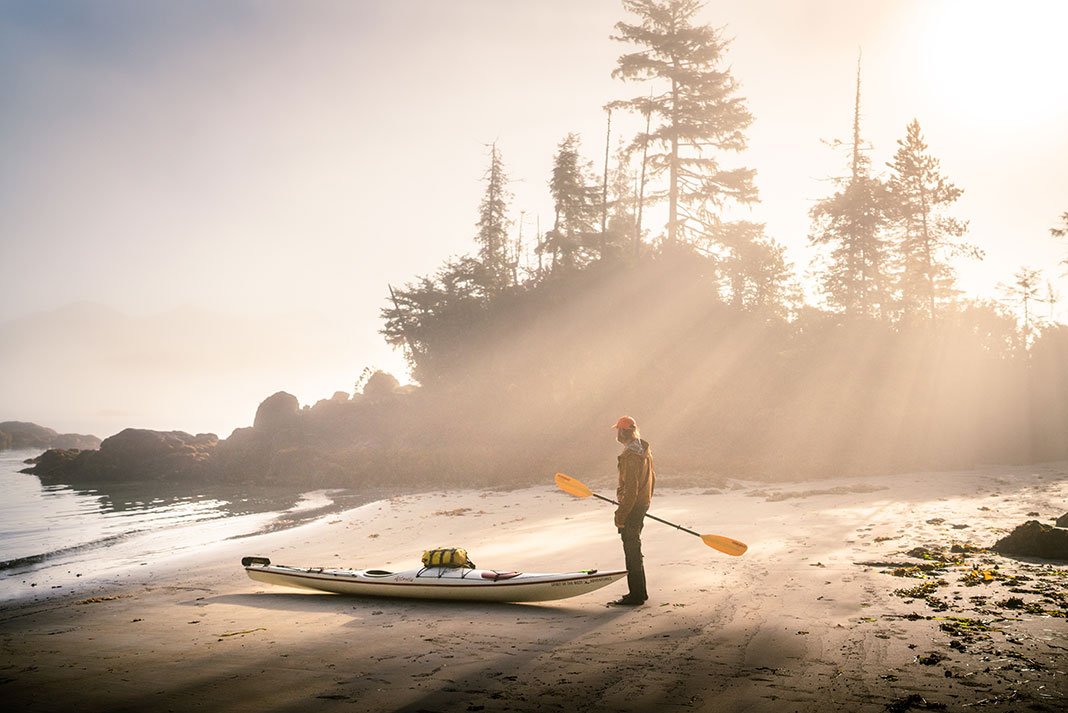
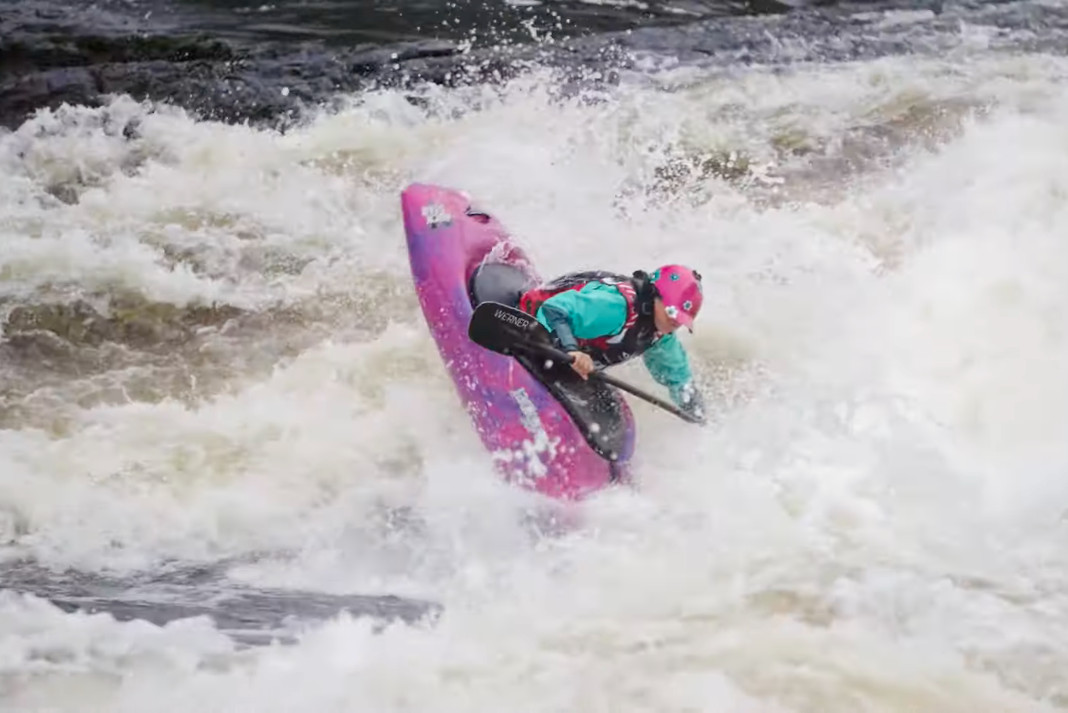
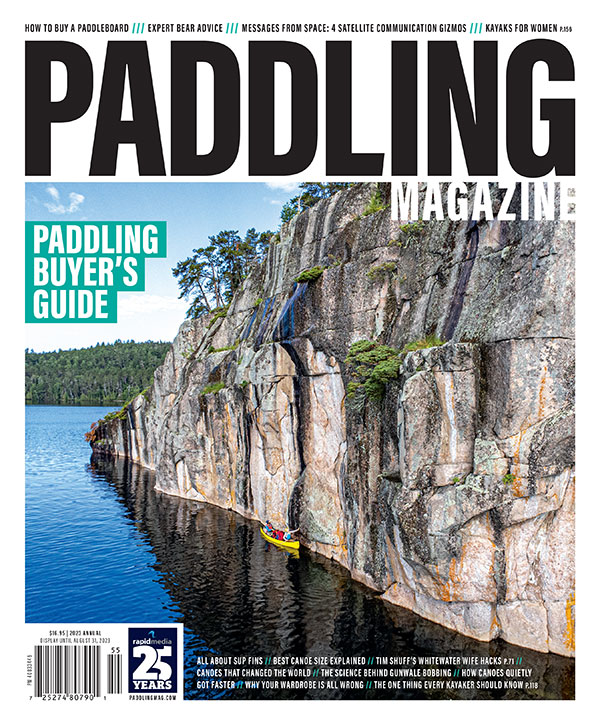 This article was first published in the 2023 Paddling Buyer’s Guide.
This article was first published in the 2023 Paddling Buyer’s Guide. 


